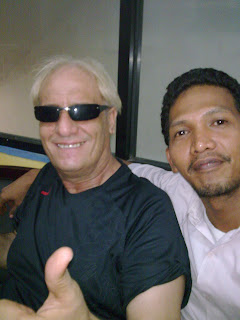The assets of an European company are usually divided into two major categories:
1. Fixed assets category includes intangible assets, tangible assets, and financial assets.
Fixed assets are long-term assets acquired for use in business operations. Fixed Assets accounts are also known as Capital Assets, Long-Term Assets, Long-Lived Assets, or Plant and Equipment. The value of these assets – with the exception of land – is depreciated over their expected lives. Past depreciation is recorded in the Accumulated Depreciation accounts.
2. Current assets category includes stocks, debtors, investments, and cash at bank and in hand.
But in the United States, the assets of a company are usually divided into five categories:
1. current assets, are those assets of a company that are reasonably expected to be realized in cash, sold or consumed during one year or during the normal operating cycle of the business.
2. investments category of a US Corporation´s Balance Sheet includes assets that are not used in the normal operation of a business and that management does not plan to convert to cash within the next accounting period
3. property, plant, and equipment category includes tangible, long-term assets acquired for use in business operations
4. intangible assets are those assets which have no material substance, as compared to tangible or physical assets such as buildings and land.
5. other assets are listed on the balance sheet in decreasing order of their presumed liquidity.
Other Assets is a category some US companies use for miscellaneous assets that are not specified elsewhere on the balance sheet. Other companies group under this heading investments, intangible assets, and all the other assets owned by a company other than current and fixed assets.

